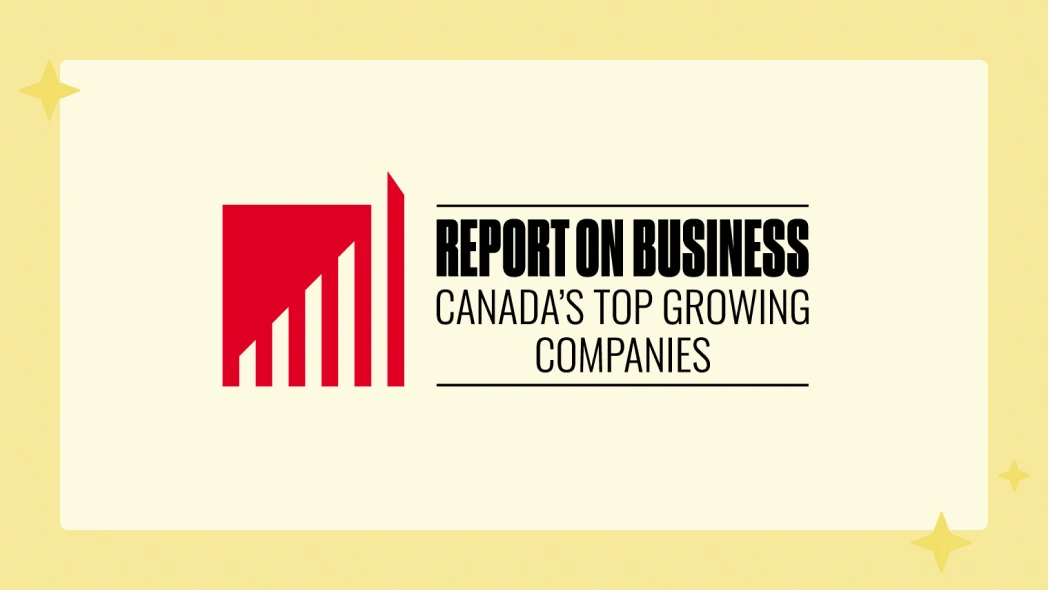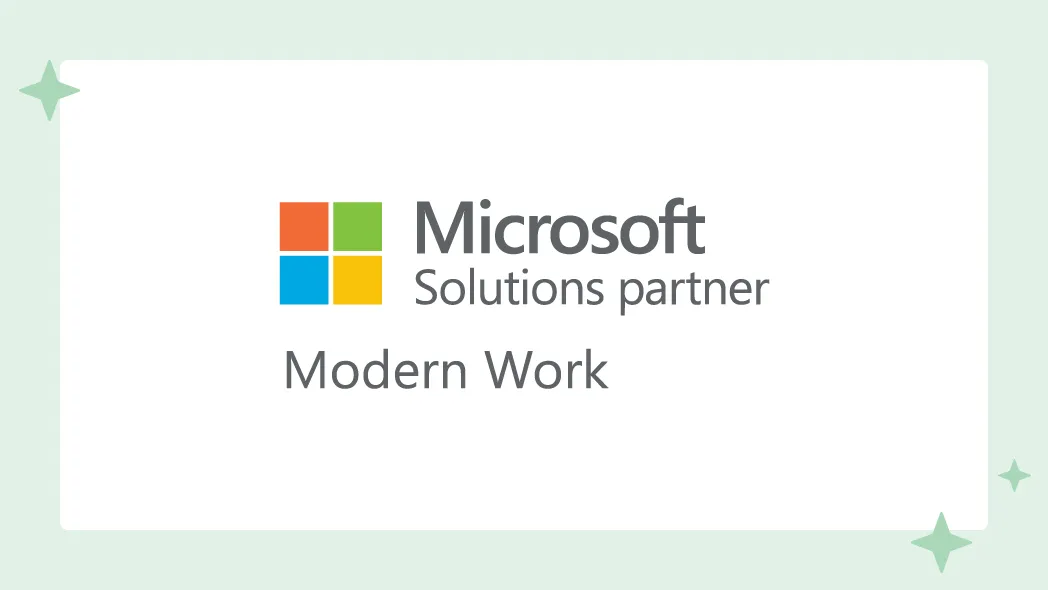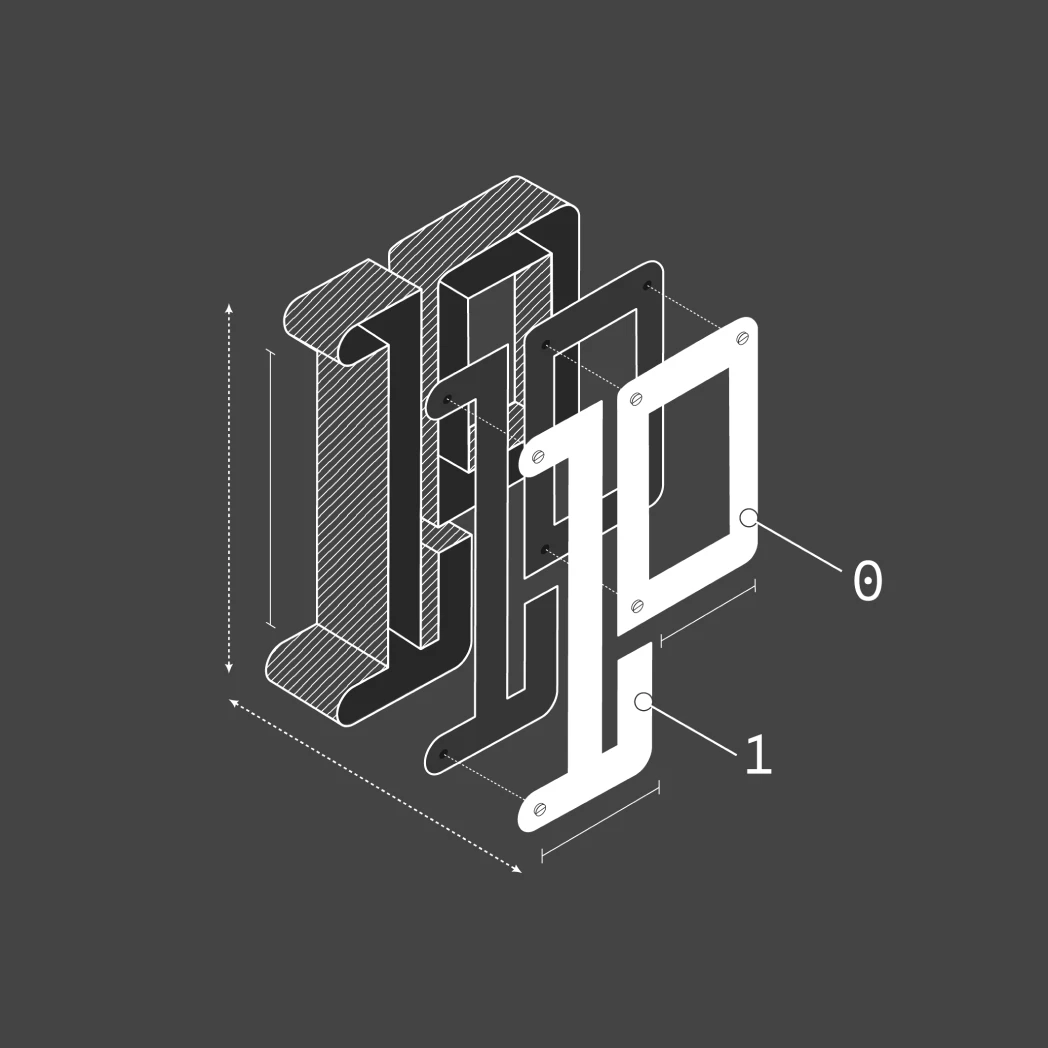Managing OKRs With Viva Goals
QUICK SUMMARY
Setting goals is easy—working through them and managing progress as a team can be the real challenge. At Punchcard, we use simple software solutions to help us plan and manage our goals. It works for us—maybe it will work for you, too?


OKRs are a powerful framework for goal setting and success measurement at any level, from individual to organizational. If you’re not familiar with the acronym, OKR stands for Objectives and Key Results. Like other goal setting frameworks, each OKR starts with a clearly stated goal or intent and is defined by specific success criteria. The beauty of OKRs, however, is the flexibility the framework provides.
Start with an objective.
The stated objective in an OKR says something about what you want to achieve broadly, without being overly specific or restrictive. Let’s say you and your company have identified a need to increase customer satisfaction and you have some ideas about how you will achieve that. Your objective then is the high-level goal.
Objective
We will increase overall customer satisfaction.
Key results are the end states that must be true to achieve your objective.
You then state some key results that define what success looks like for the objective. In other words, you’re asking yourselves, “how will we know that we’ve met our objective to the degree of success that we want?”
The ideas your team have include decreasing response times for support requests and improving how fast information is provided to clients when technical issues arise. They also think that by doing so your customer satisfaction rating will go up. Those ideas shape the key results and allow you to define the specific targets you hope to achieve or exceed when working toward the objective.
01
Key Result:
Average support request response time is decreased by 25%.
02
Key Result:
Reported technical issues and investigations are communicated to customers in 30 minutes or less.
03
Key Result:
Average customer satisfaction rating has increased by 25%.
The time frame required to reach the objective could also be defined as a key result as well. However, OKRs are often established for specific time periods to begin with, such as yearly, quarterly, or monthly.
This is just a brief example as there are other ways to orient OKRs depending on the team, familiarity with the framework, and what you want to achieve.
Once an OKR is defined, the team knows exactly what they need to achieve and can plan how to positively impact each key result, within the time frame. Individuals may even set their own personal OKRs that define how they will move the needle on the objective or even just one OKR.
Highly aligned organizations may have a single, company-wide OKR that sets the vision for all departmental, team, and personal OKRs to stem from. This can increase alignment and help ensure that everyone in the organization is moving toward the same overarching objective(s). Individuals who can then understand how their personal OKRs contribute directly to the greater hierarchy of OKRs.
It’s one thing to set goals and work towards them. It’s another to quickly see how you and others on the team are doing.
Using the OKR framework is even more powerful when you have a strong set of tools to support them.
At Punchcard, we chose to integrate Microsoft Viva Goals into our quarterly planning process and weekly progress check-ins. It’s helped our leadership team leverage the OKR concept, organize and share information, increase alignment, and track progress along the way.
Using KPI (key performance indicator) dashboards, visualization of OKR hierarchy, and integration of both task tracking tools and metrics data has helped us:
- Reduce reporting errors
- Eliminate duplication of effort
- Increase visibility in areas where people may need assistance
Every week we review progress, get high level updates on the successes or roadblocks encountered, and adapt as needed.
Progress towards Objectives at all levels roll up to give us a high-level picture of how well the organization is executing on our strategic priorities. For many Key Results, we’ve defined specific metrics that are automatically updated from external data sources, such as financials and NPS (net promoter score).
It’s beginning to change how we measure results, review progress, inform decisions, and structure our strategic priorities with specificity.
If your organization could use a better goal setting framework and a strong set of tools to help elevate and transform your business, consider a tool like Viva Goals that integrates directly into your digital ecosystem.



You Might Also Like
Featured Posts

Let’s Build What’s Next (A Punchcard Celebrates 2025 Retrospective)
Read more: Let’s Build What’s Next (A Punchcard Celebrates 2025 Retrospective)










